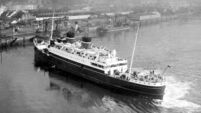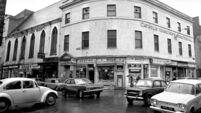Throwback Thursday: A poltergeist fright for a Cork man
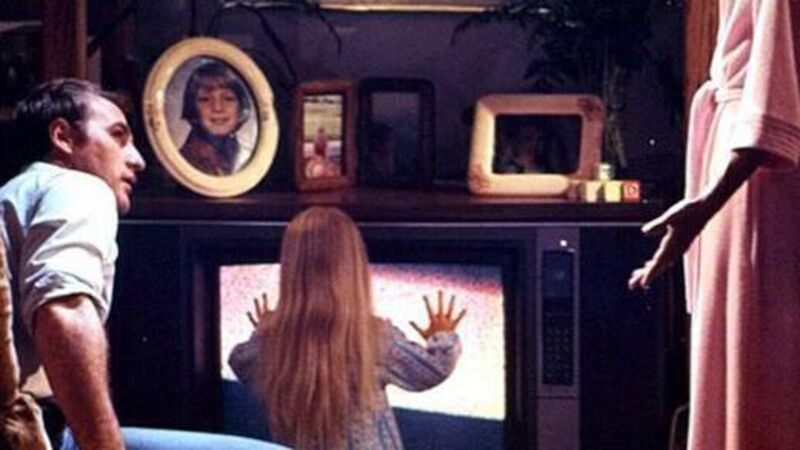
A still from the hit 1982 horror film, Poltergeist. A Cork man experienced a similar haunting when he was working in an old mansion house in England in the 1960s
That great Throwback Thursday contributor, Pat Kelly, from Marion Park in Blackrock - he with the wonderful storehouse of Cork stories and history - has joined in with our discussion on Cork’s steepest steps.
“Your recent Throwback Thursdays brought back long-lost memories,” he said.
“When we lived in Collins Barracks, our mother would take us to visit her parents in Haig Gardens.
“I remember her on one occasion pointing out the fire in Booth and Fox, which happened in 1949. Looking back, I now realise that our sister was born in the following September, so my mother must have been heavily pregnant when dealing with all those steep slopes and steps between our home and her parents.
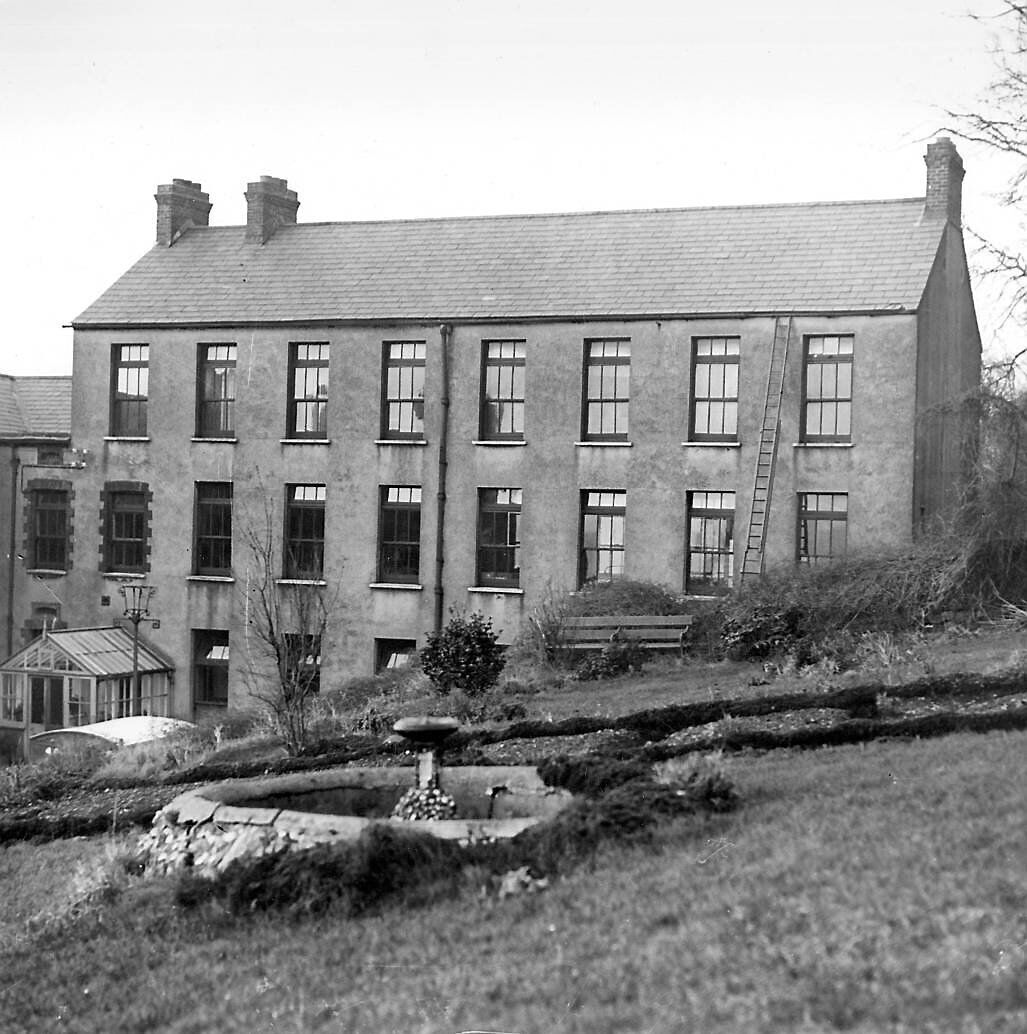
“I well remember the steps on Patrick’s Hill, but I also recall the brutal flights you had to tackle on Fever Hospital Hill.
“It set me thinking of how many people must have been patients in the North Fever Hospital, which was a real Victorian relic, dark and dingy, with the plaster falling off the walls . Keep up your features in D’Echo!”
As long as people like you keep sending us your treasured stories, Pat, we will!
You readers make these pages, so anyone else who has memories of our beloved city and county, send them in!
Another regular contributor, Tim Cagney, was interested to read about the MV Cill Airne.
“It was one of two tenders – the other being MV Blarna – which ferried passengers and cargo between the port of Cork and ocean-going liners anchored at Roches Point (in bygone days, such vessels were deemed too large to enter Cobh.)
“I remember the Cill Airne well,” adds Tim. “If memory serves me correctly, it used to be berthed near Brian Boru Bridge.
“On my daily walk from Gardiners Hill to my city centre employment, I would have seen it quite often. I see it now functions as a floating restaurant at Dublin’s North Wall Quay.”
The Cill Airne, of course, was not the only waterborne craft to enjoy an afterlife following its maritime duties.
If ever you spent summer holidays at Myrtleville, in the 1950s or ’60s, and looked right from the Roche’s Point lighthouse, you might well have seen an intermittent red glow, at night.
This would have emanated from a vessel known as a ‘lightship’ – essentially a fishing-trawler, with an enormous red lantern mounted amidships.
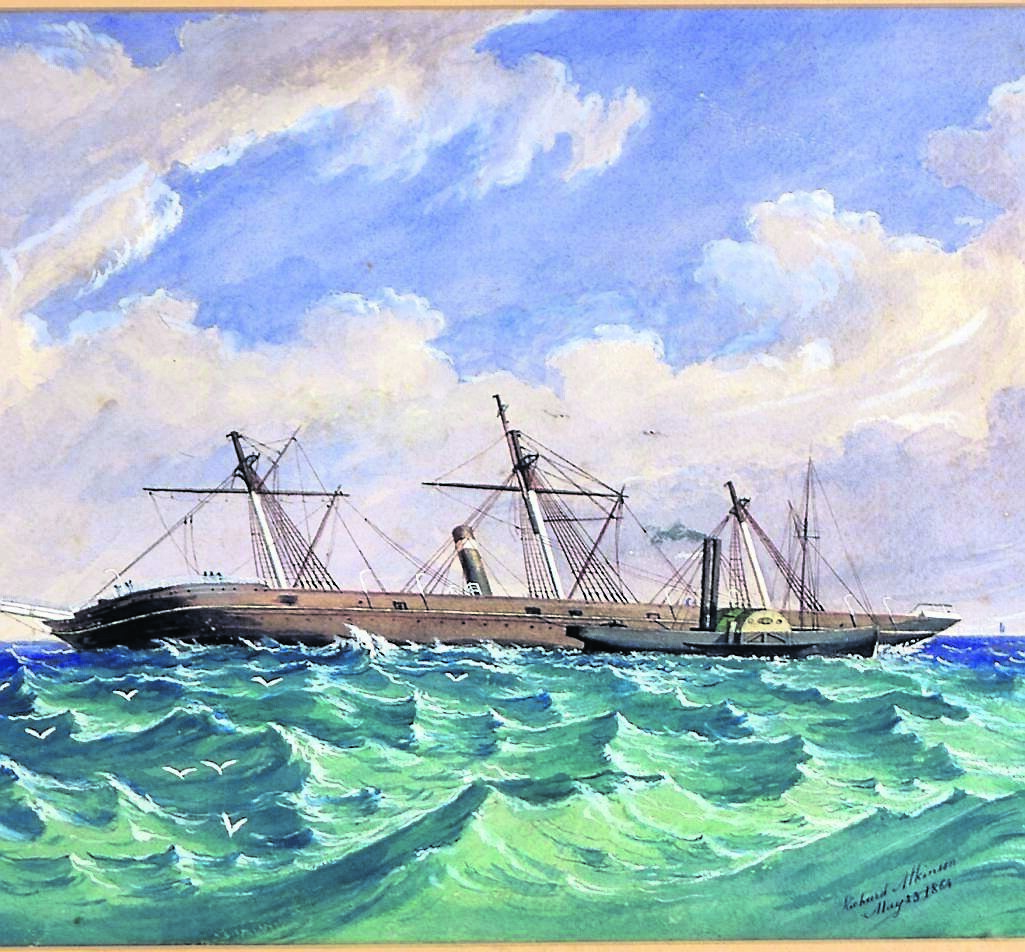
This would have served to warn mariners of an underwater hazard known as Daunt’s Rock, jutting-out from Robert’s Cove.
These days, of course, the function of lightships has been replaced by what are known as high-plane pillar-buoys, which are equipped with high-tech gadgetry.
Tim adds: “The last lightship to stand guard over Daunt’s Rock was called The Osprey. It was towed from there on August 30, 1974, sold in 1975, and subsequently became a floating nightclub/restaurant at a permanent berth on the River Seine, bearing a new name, Le Batofar.
“According to the relevant website (ra.co/clubs/3347) this facility is now closed. Maybe I’ll try visiting the Cill Airne instead – wonder if they sell Murphy’s?”
Or Beamish, Tim, Beamish.
Remember the days when you could actually tell the difference between the three stouts just by looking at the pint glass? Beamish always had a thick yellow head as opposed to the white topping on Guinness and Murphy’s. It tasted quite different too, back when stout HAD a taste!
Tim adds a footnote: “Did you know how Daunt’s Rock got its name? In the 1500s, a family (of that name) from Gloucestershire began visiting Cork.
“They were landowners and professional hunters, and owned two fleets of ships – one named after birds, the other after animals.
“One of these, The White Horse, under the command of Nicholas Daunt, came to grief on the Rock, and the family name became forever associated with it.”
That’s interesting, Tim. The version we grew up with was that the iconic rock was named after a Captain Daunt whose British man-of-war ship hit the rocks and sank in the earlier part of the 19th century. Who knows which story is true?
Meanwhile, Regina Kiely has written to give us some lovely memories of a childhood spent by the sea.
“I love reading Throwback Thursday and the stories of the past. I think the name of the tenders that took passengers to the liners were: The Killarney and The Blarney. I remember them passing me, when I was sailing in the harbour.
“In fact, I won a competition on The Blarney when myself and a friend went on a day trip, from Crosshaven Pier, one Sunday. It was probably the early 1960s. I actually won the competition, ‘Guess how many passengers, on board’.
“I was elated, both with the trip, and with the cash prize... can’t remember, maybe it was 10 shillings, or more. It made our day, as we went to the Merries after, to spend the winnings on the swing boats, and the bumpers.”
Regina adds: “I read your page every week. It lifts my heart, as I actually come from the area. My first 30 years were spent around Cork as I lived at Currabinny. In fact, my early life was really spent in the harbour, rowing and sailing. A charmed life, in one way, Jo, but hard in winter, when I would be rowing across to Crosshaven to shop. There were a lot of shops there in the 1960s.
“I knew all the boats, and their names, and I rowed like mad, when they approached, especially the Innisfallen. The wash from her, was something to avoid, if possible!
“Of course, once the Merries came, I would row over later with a friend or two, and if we had some pocket money, we would head towards the bright lights and the music from the loudspeakers.
“If we had any cash left, we would buy chips at Bridie’s Chipper, and row home again with a torch to show other craft we were there.
“It was lovely and calm most nights. The boats would just slide past each other in the moonlight. A great time, Jo, looking back on it.
Regina adds: “I remember your dad, Jo, on the bike. What a fantastic man. So clever and adventurous.
“Keep writing that wonderful history, of our city, and environs. People love to connect with their heritage, and the old days.”
Gosh, you do awaken old memories, Regina, with your mention of Bridie’s Chipper in that old green van by the sea wall, where the last bus for Cork picked up passengers.
Who else remembers the wonderful taste of those chips? Nothing since compares.
And now, by popular demand, more of Brian Cronin’s riveting account of Surviving Hotel Management In A Very Posh Part of England. Thanks, Brian!
This episode is entitled: The Grand Opening (Whit Weekend, Saturday, June 7, 1965)
“The Saturday morning dawned bright and clear - a lovely June summer’s day.
“Lord Montagu, who was a great man for special occasions, had arranged for a flotilla of boats to sail downriver from Beaulieu and pull in at the landing stage. His Lordship and Lady Belinda were in the first canopied boat dressed as Henry VIII and Queen Anne Boleyn, and they had several musicians on board playing Greensleeves on lyres, a harp, and flutes.
“The second boat was Gypsy Moth, manned by Sir Francis Chichester, a good friend of Lord Montagu, followed by a line of other boats suitably decorated in Tudor trimmings and bunting.
“The previous year, Sir Francis had sailed singlehandedly around the world in his little craft, and I discovered that not alone was she built in Crosshaven, but that Sir Francis (who had already stayed several times in the hotel) always carried a bottle or two of Paddy Irish whiskey aboard.
“My friend, Colonel Brewis, offered to use his connections to bring over a military band from Winchester barracks and he was as good as his word. They took up their position on the lawn, and struck up Rule Britannia and Hearts of Oak as the colourful flotilla approached.
“As I stood there observing the proceedings, I was struck by the thought that if they were ever to see this on television back in rebel Cork, I would probably never be able to go home again!
“Our 500 guests rendered enthusiastic applause and our nurse waitresses dashed around offering champagne and strawberries and cream to all and sundry.”
Brian adds: “I happened to overhear a gaggle of elderly ladies standing nearby remarking favourably on the efficiency of the charming waiting staff and commenting on the extraordinary number of Irish accents to be heard.
“This was certainly one of my more memorable days at Buckler’s Hard.
“But this beautiful setting had its dark side. Even before taking up my new post at the Master Builders Hotel, I was aware that the New Forest had a reputation as an area where very old practices still continued.
“There was a story that in the raftered sitting room I had on the first floor of the hotel, some unfortunate woman some 200 years earlier had thrown her newly-born baby from the window and hung herself from an overhead beam.
“However, I didn’t take too much notice of occasional unexplained sounds heard in the dead of the night.
“One winter’s night though, I was awakened from sleep by loud cries and knocking on the door of my apartment.
“I was confronted by a young waiter, Timothy, who was trembling and quite pale. Having brought him in for a cup of tea he told me that he had been awakened by the sounds of objects being thrown about the adjoining bedroom and also the cries of young children.
“I assumed that he had had a nightmare and reassured him. However a similar event followed the following week.
“Word was beginning to get around that our hotel was haunted and I was concerned at the possible negative impact on trade.
“The vicar of Beaulieu assured me that occurrences of this type were quite common in the New Forest and on occasion the sound of plain chant could be heard (presumably relating to the execution of many priests and nuns during the Reformation).
“I then sought out a Father Murphy O’Connor, a distant relation whom I had not previously met, who was a parish priest in Southampton. It turned out that he was also the official Catholic Church exorcist for the area and had many strange cases of possession to deal with.
“He explained to me that this seemed to be a case of a poltergeist, which are not uncommon in old buildings with an unhappy history - as was the case with the Master Builders House.
“He gave me a small bottle of holy water and a rosary beads which he told me to get young Timothy (even though the young man was not a Catholic) to place under his pillow and all would be well.
“And so it transpired and we didn’t have a reoccurrence of the problem. At least not while I was there. By this time I was yearning to return to Ireland and take up a post there.”
Gosh, what a story, Brian! When did you come back? Did the poltergeist follow you? Spare nothing, tell us all!
And the rest of you too. Share your memories with us on Throwback Thursday. Email jokerrigan1@gmail.com or leave a message on our Facebook page: www.facebook.com/echolivecork.
